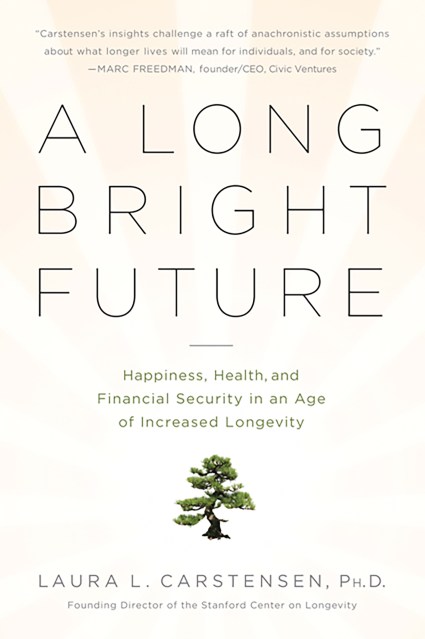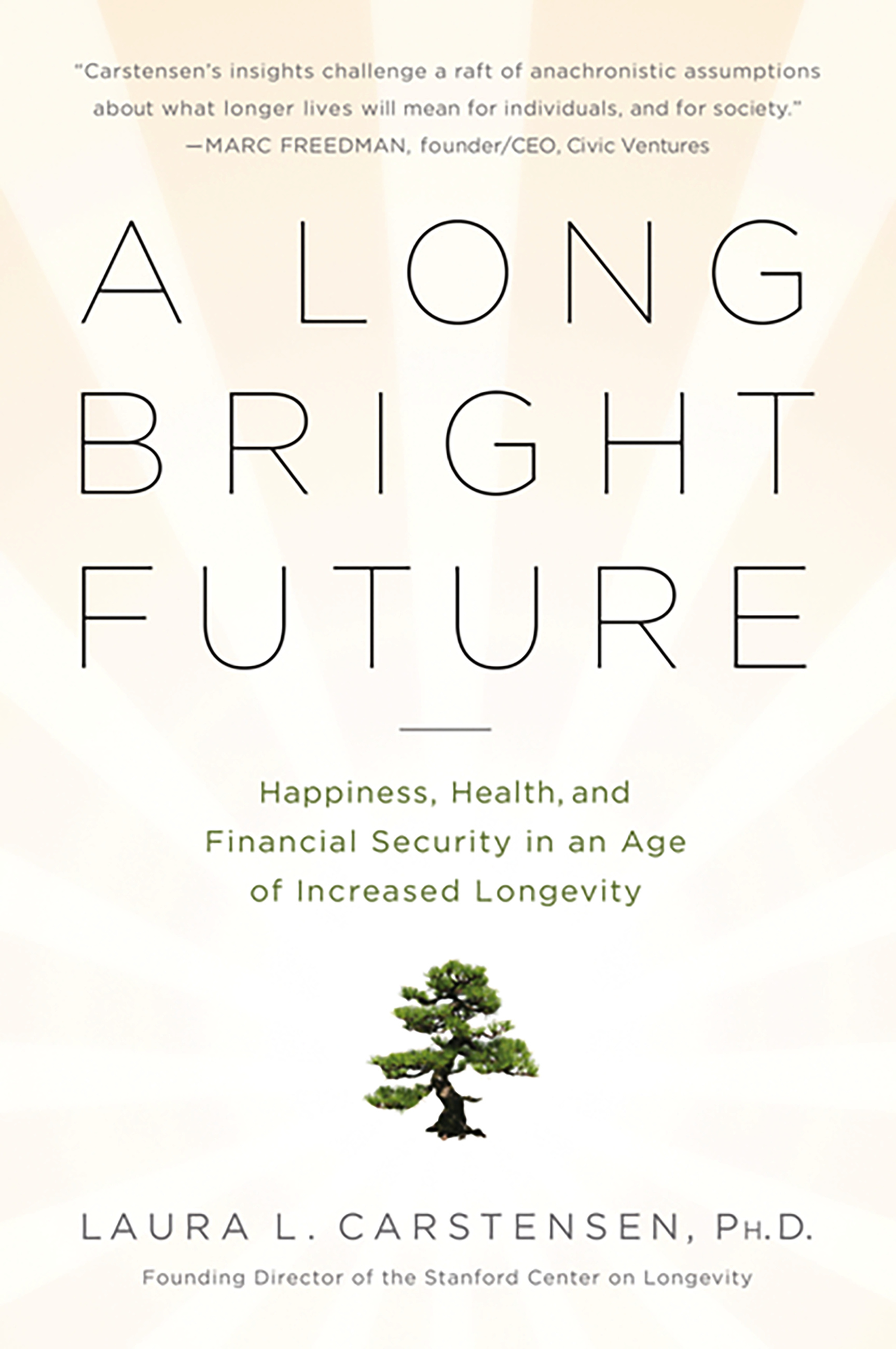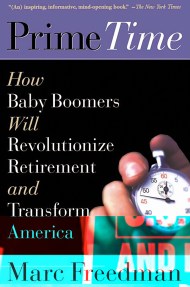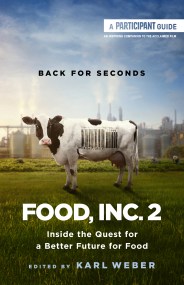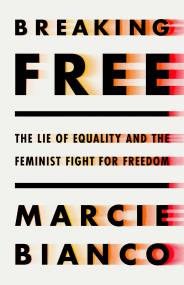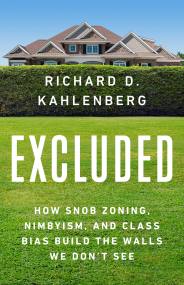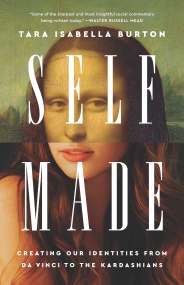Promotion
Use code MOM24 for 20% off site wide + free shipping over $45
A Long Bright Future
Contributors
Formats and Prices
Price
$16.99Price
$19.99 CADFormat
Format:
- Trade Paperback $16.99 $19.99 CAD
- ebook $11.99 $15.99 CAD
This item is a preorder. Your payment method will be charged immediately, and the product is expected to ship on or around September 27, 2011. This date is subject to change due to shipping delays beyond our control.
Also available from:
In A Long Bright Future, longevity and aging expert Laura Carstensen guides us into the new possibilities offered by a longer life. She debunks the myths and misconceptions about aging that stop us from adequately preparing for the future both as individuals and as a society: that growing older is associated with loneliness and unhappiness, and that only the genetically blessed live well and long. She then focuses on other important components of a long life, including finances, health, social relationships, Medicare and Social Security, challenging our preconceived notions of “old age” every step of the way.
Genre:
-
Huffington Post
“Many great minds are committed to redefining aging and retirement models that embrace this new reality. One of them is Laura Carstensen. Carstensen has been on the forefront of research on aging for nearly 30 years.”
- On Sale
- Sep 27, 2011
- Page Count
- 352 pages
- Publisher
- PublicAffairs
- ISBN-13
- 9781610390576
Newsletter Signup
By clicking ‘Sign Up,’ I acknowledge that I have read and agree to Hachette Book Group’s Privacy Policy and Terms of Use
